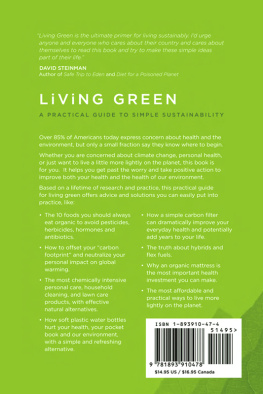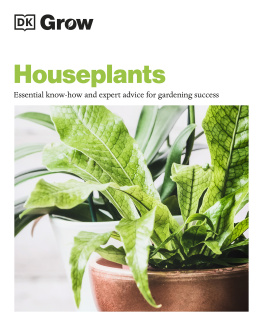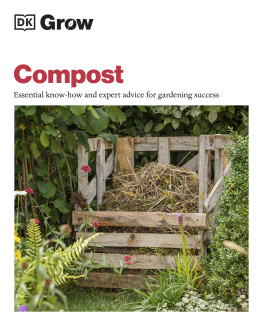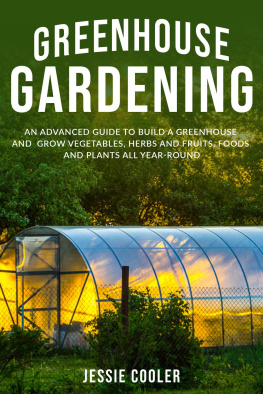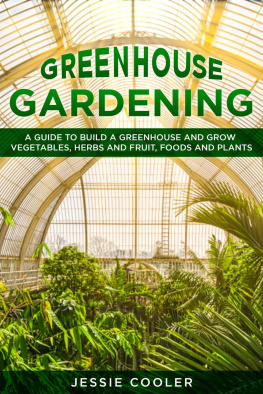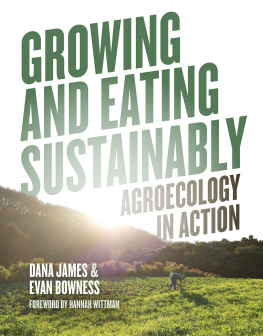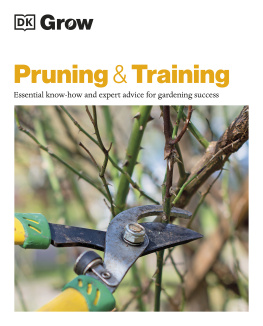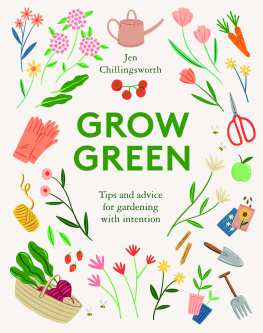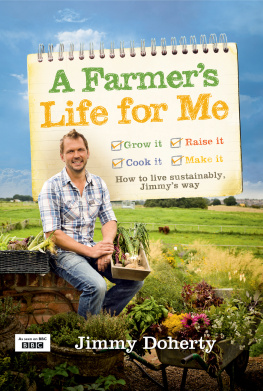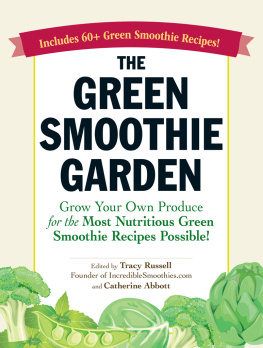Grow What You Eat, Eat What You Grow


GROW WHAT YOU EAT, EAT WHAT YOU GROW
Copyright 2014 by Randy Shore
All rights reserved. No part of this book may be reproduced in any part by any meansgraphic, electronic, or mechanicalwithout the prior written permission of the publisher, except by a reviewer, who may use brief excerpts in a review, or in the case of photocopying in Canada, a license from Access Copyright.
ARSENAL PULP PRESS
Suite 202211 East Georgia St.
Vancouver, BC V6A 1Z6
Canada
arsenalpulp.com
The publisher gratefully acknowledges the support of the Government of Canada (through the Canada Book Fund) and the Government of British Columbia (through the Book Publishing Tax Credit Program) for its publishing activities.
The author and publisher assert that the information contained in this book is true and complete to the best of their knowledge. All recommendations are made without the guarantee on the part of the author and publisher. The author and publisher disclaim any liability in connection with the use of this information. For more information, contact the publisher.
Note for our UK readers: measurements for non-liquids are for volume, not weight.
Design by Gerilee McBride
All photographs by Tracey Kusiewicz/Foodie Photography except for the following: Gerilee McBride (pp. 6, 8, 15, 19, 2022, 2425, 28, 64, 66 bottom, 68, 70, 72 bottom, 73 top, 89, 95, 105, 116, 12223, 127, 168, 177, 201, 215); Randy Shore (pp. 33, 66 top, 71, 73 bottom, 81, 97)
Editing by Susan Safyan
Library and Archives Canada Cataloguing in Publication:
Shore, Randy, 1963, author
Grow what you eat, eat what you grow: the Green Man's guide to living & eating sustainably all year round / Randy Shore.
Includes index.
Issued in print and electronic formats.
ISBN 978-1-55152-549-5 (epub)
1. Vegetable gardeningCanada. 2. Kitchen gardensCanada. 3. VegetablesPreservation. 4. Cooking (Vegetables). I. Title.
SB323.C3S56 2014 | 635'.0971 |
C2014-905409-2 |
C2014-905410-6 |
Contents







I want you to stop and quiet your mind. Turn off the television, the radio, your smartphone, and whatever else you are using to stay connected to every other human being on the planet. Now, bite into an apple or a strawberry or a tomato and consider where it came from, how it got to you, and what it tastes like.
This is a revolutionary act in our culture: We arent supposed to think about where things come from and how they are grown. The shelves of our grocery stores are piled high with fruits and vegetables from somewhere, ready-to-eat foods made by someone. We dont often question these things because we are accustomed to seeing every imaginable foodin abundanceevery day of the year.



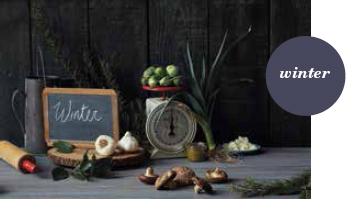
The average grocery store has about 40,000 different food products in stock. You just tasted one. What did you think? If it was a tomato or a winter strawberry from California or Mexico, it probably didnt taste like much at all. Fruits and vegetables have been selectively bred to be stable for transport, not for flavor. Ready-to-eat foods are the food industrys clever way of making crops such as corn or soy beans into commodities that are bought and sold by the ton. A large and very efficient food industry turns those commodities into products that can be packaged for a long shelf life. Ad men may even have you convinced that you dont have time to cook from fresh ingredients.
I think you do have time to cook, but for a variety of reasonsfrom information fatigue to over-scheduling to a simple lack of confidenceyou may choose not to. And moreover, I believe you have time to grow at least some of your own food. In the world of plants, seeds and sun do all the heavy lifting. If you can poke a seed into a pot of soil, you will be rewarded. A seed can return more than a thousand times its weight in fresh food for a very modest investment of time and energy.
Growing food and cooking it yourself minutes after harvest ensures peak nutritional value. Most so-called fresh vegetables lose half their vitamins and antioxidants in the days that it takes to travel from field to fork. The physiological benefits of gardening and cooking are many, but the psychological benefits may be even greater.
A few years ago, I wanted to create a place where food mattered, where the earth mattered, where I could start to feel good again after years of grinding commutes, rushed meals, and thoughtless consumption. I moved my somewhat reluctant wife Darcy and two sons out of the city to an acre in a neighborhood of acreages. My move was dramatic, but yours doesnt have to be. You can take small but still important steps toward a more fulfilled, flavorful life without selling your house or leaving the city.


The best thing that I do each day is walk through my yard looking for dinner. Even in the rain, its more fulfilling than commuting, talking to my boss, or answering email. It slows me down, quiets my mind, and gets me focused on what Im going to cook and eat that night. If I want to, I can look for what might be ripe and ready for tomorrow, too. Or I can make that tomorrows adventure.
I have a large garden, but that is not a prerequisite for deliberate eating. You can do the same thing at a farmers market or by looking over pots of fresh herbs on your apartment balcony. You can reconnect with food, with the land, and with your family by choosing, cooking, and eating food together. If this sounds a bit fanciful and poetic, its no accident. Poetry is meant to make you feeland I think that eating food that you have grown yourself and cooked simply, but with care, will make you feel nourished and happy and connected. Even if all you grow is parsley in a pot on your windowsill, it will smell more pungent and taste fresher than whatever wilted bunches you can find in the grocery store. The fragrance of my fresh-cut herbs runs through my brain and down my spine with waves of pleasure. I always, always, stop to smell the herbs.
Next page


